At the centre of any personal relationship — be it with our partner, family members, or friends — are different wants, needs, and perspectives.
The best way to improve personal relationships is to develop an understanding of ourselves and an understanding of the other person. When we appreciate how we differ, we can better understand the impact we will have within the relationship — positive or negative.
Assessments are used as an objective, non-biased, non-judgmental way to gain insight about each other based on what we know from decades of research into human dynamics.
With these basic models and frameworks in place, it becomes easier to understand and appreciate the other person’s perspective.
Assessments can be used in many different ways to help improve communication between couples, friends or family.
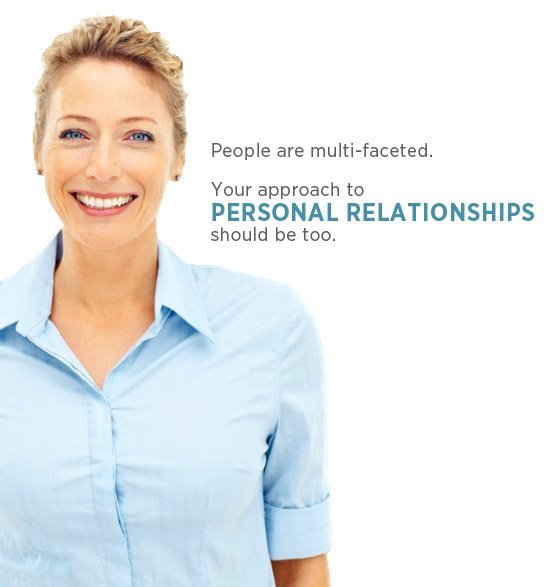
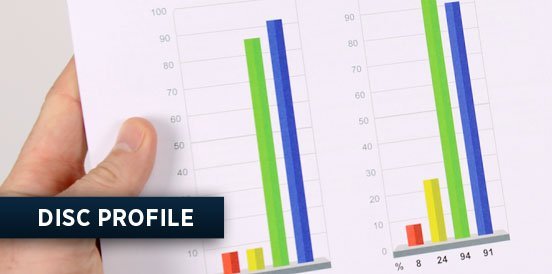
This assessment measures 4 core behavioural tendencies.
DISC is the first step towards becoming a more effective communicator because it explains the basic communication tendencies that are present in all people throughout the world. To communicate more effectively, we first need to be aware of our own communication style, secondly we need to be able to recongise others’ style, and thirdly we need to know how to adapt our style to work with others more effectively.
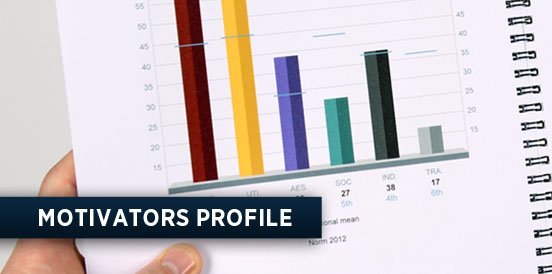
This assessment measures 6 core values or motivators.
Our personal values are powerful filters. Even if we are good at communicating with someone in a way that fits with their behavioural (DISC) style, if we are communicating the wrong message — one that conflicts with their values — the message will fall flat. To communicate more effectively, we need to be aware of our own values, and then learn to recognise the values of others so that we can send the right messages.
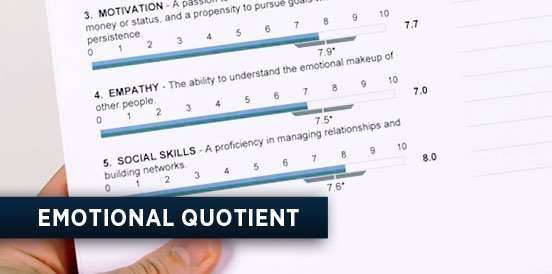
This assessment measures 5 core dimensions of EI.
At the heart of great communication is a connection between the sender and the receiver of a message. By learning more about the role that emotions play in the communication process, we can become better at selling ideas, building rapport, speaking in front of groups, working in team environments, inspiring others, and nurturing instrumental relationships for building strong careers.
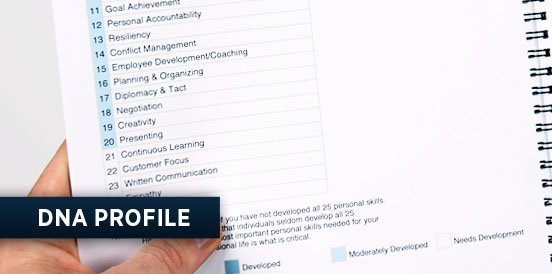
This assessment measures 23 competencies or soft skills.
The communication skills covered by the DNA profile include things like Negotiation, Interpersonal Skills and Persuasion (elements of verbal communication), as well as the non-verbal skills, such as Written Communication. The DNA profile allows individuals to understand how well they have mastered each type of communication skill and where they should focus their time and attention with personal development.
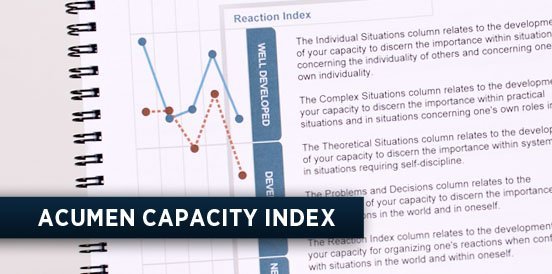
This assessment measures 3 core dimensions of thought.
Many people can witness the same event but will focus on very different things when asked to recount what happened. Depending on which of our 3 dimensions of thought is strongest will determine where we will tend to focus our attention and filter communication. For example, some people focus on the “people†dimension of thought, while others focus on systemic definitions or processes involving cause and effect.
One of the advantages of the TTI suite of tools is that we offer you “multi-science†reports, which provide integrated feedback. With this multi-dimensional view, leaders and managers are able to understand themselves and others at a much deeper level than just using a single assessment. The additional advantage to multi-science assessments is they provide you with a layered development plan for leaders. For example, leaders can work through information on their behavioural style, motivators, and emotional intelligence in one short sitting or they can tackle it one phase at a time over several months. Multi-science reports provide better options for training, more comprehensive information, and more “ah-ha†moments.